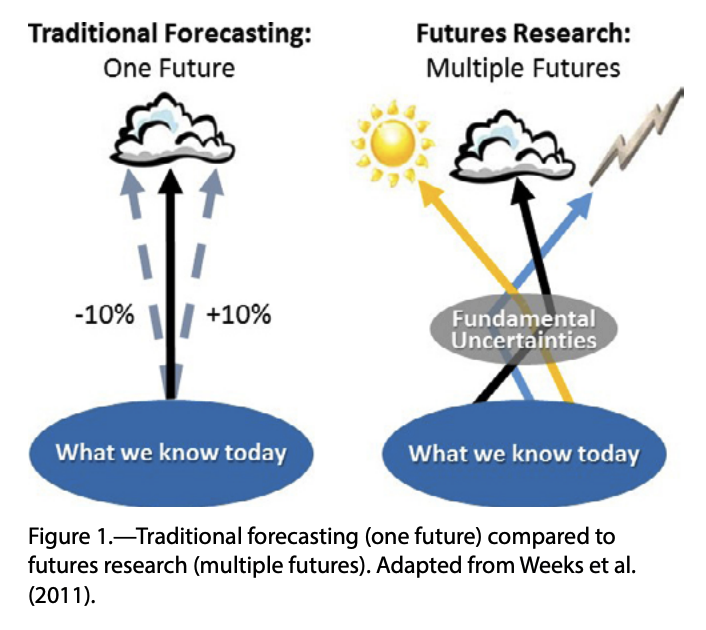
Hope or Hype? Innovator's self-doubt.
After nearly three full days of productive work teaching creative principles like biomimicry, imaginary friends, and 'pitching your worst idea' with our AIM HI cohort, I found myself sharing an unexpected story. Col. Johnny Barnes had harped on the Janusian logic of vulnerability and courage - that one does not exist without the other. His encouraging presence, mixed with many of the emotions of doubtful motivation I sensed. I had spent the lunch hour providing some remarks to camera about the experiences I had with the group's eagerness and full participation in our creative activities. But even as I shared these highlights, I found myself thinking about regression to the mean. What went unsaid to the cameras was that energetic engagement with creativity was followed by an evening away and a resumption of more or less 'business as usual' from these teams when asked to brief an 'imagined panel of judges' with their preliminary ideas.
The glow of creativity and team camaraderie gone, individuals retreated to the safety of conventional thinking, and at their best, short presentations filled with literal detail and quantifiable objectives. In some hotel, down a dark hallway, they had removed the evocative metaphors, sophomoric sketches, laughter, and engaging narratives and replaced them with cold, clinical language of problem, solution, ROI. It's just business, we tell ourselves.
Without going down a philosophical rabbit hole, I urge innovation teams to dig up evidence and practices not just with logos, but pathos and ethos. The goal of an innovator is to demonstrate. The expert fallacy - that others know as much in detail of your problem as you - plagues presentation teams. Our solution is to keep a coach in deliberate ignorance of the team's problem and solution until day 60 of their 90-day innovation process. These coaches fill a role we call 'the innovator in residence' and their job is to consult the team on its message and filter for this bias. Teams are usually close to euphoric to share the details of their journey from vague-sounding solutions to overly-engineered specific, targeted, actionable solutions. The process of clarifying the story, removing unnecessary and personal details, and finding (as close to) universal truths in their evidence is maddeningly difficult and can take additional hours. One might even argue this added abstraction is unnecessary to the task at hand. But to miss this step is to lose sight that the goal isn't to solve one problem, this problem, but to solve problems of type X. This ability to set context, form, function, and feature couched in a language of analogy or metaphor allows for the more rapid diffusion of the idea. If properly selected, problem sets affect a vast number of the population - hence why we dedicated a team for 90 days to work the problem. The innovation that cannot find an accelerated adoption, or that doesn't scale is hardly worth noting. It is a failure of imagination and ambition on the part of the team. Often it stems from an inability to accommodate what success truly means. The prowess to see beyond the first-order effects is one that takes seasoned practice. What's in the way of these teams from sharing transformative stories of radical innovations? Why is it that such courage is seen so few and far between? In most corporate cultures, I argue, it's a lack of everyday exposure.
This brings me back to the moment I shared unexpectedly with the room. The story of bringing 'High-Five' Wednesday - cartoon thunderbird fliers and all, to Sandia National Labs. Even years later, I get texts from technicians at Sandia on wednesdays with a hi-five emoji.
With what hopes do you share your ideas? Has fatalism so captured you - death by a thousand paper cuts? - that to dream is impossible? Better then to focus on the adjacent possible - the small, incremental change that is a safe, structured play.
By luck, or diligence, or fate, I have been gifted with indefatigable optimism in others. I accept the reality that among the 100s of rejections will be a small percentage of acceptance. All learning is developmental. With teams I coach, we focus on the success and growing strength, monitor and triage failure and weaknesses. But remember,
Weaknesses will never be your strengths.
What do you make of innovators then? If 90% of new ideas fail (yes, even when well executed! see the pretotyping manifesto of Alberto Savoia) then does it follow that an innovator spreads more hope or hype? Like the Janusian form of courage and vulnerability - perhaps it is both. Innovation coaching may at times be a form of 'reverse rain dance' - we go out and dance until the innovation strikes. As long as you have patience and endurance, it works every time.
What do you think? Are your innovators hypeful or hopeful? Leave me a comment and I'll do my best to respond!